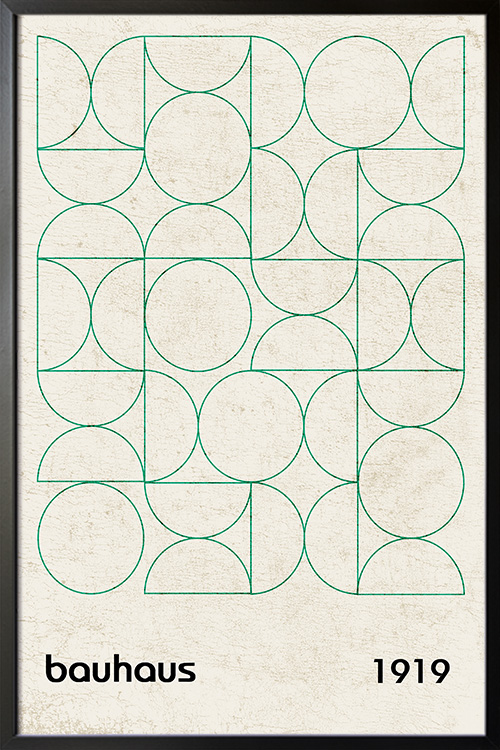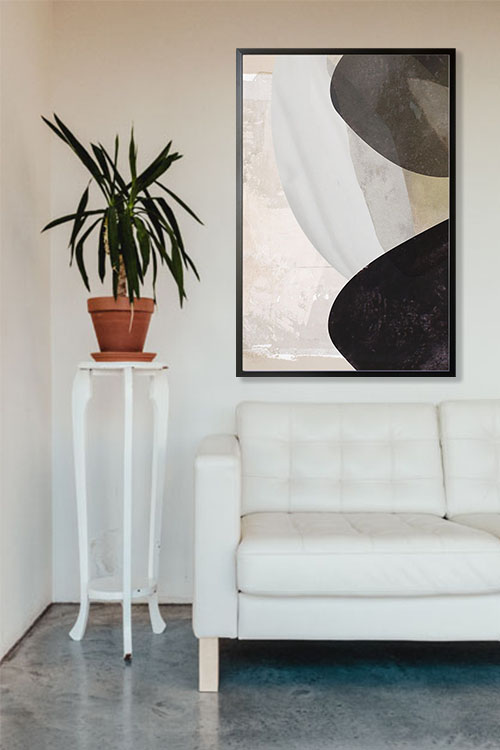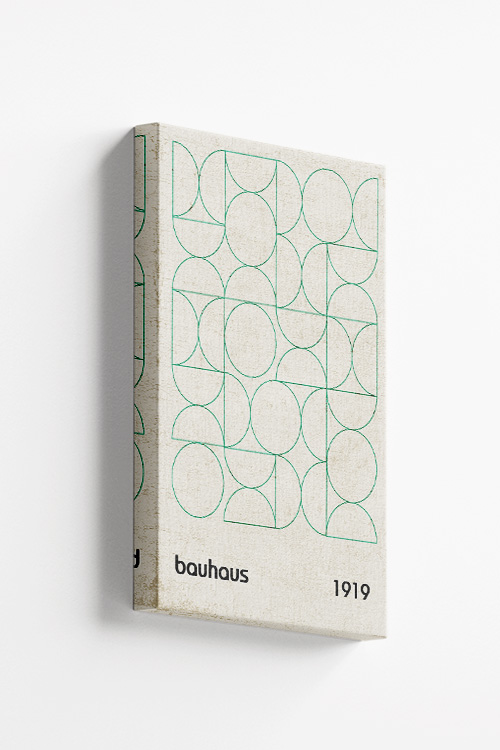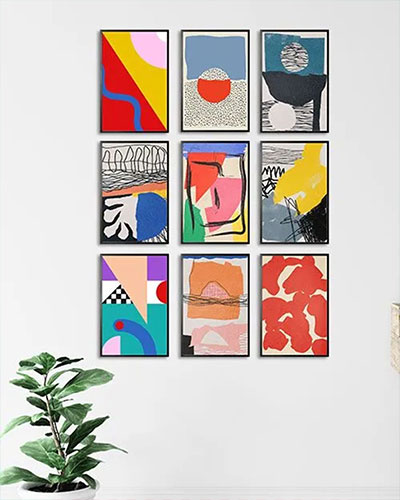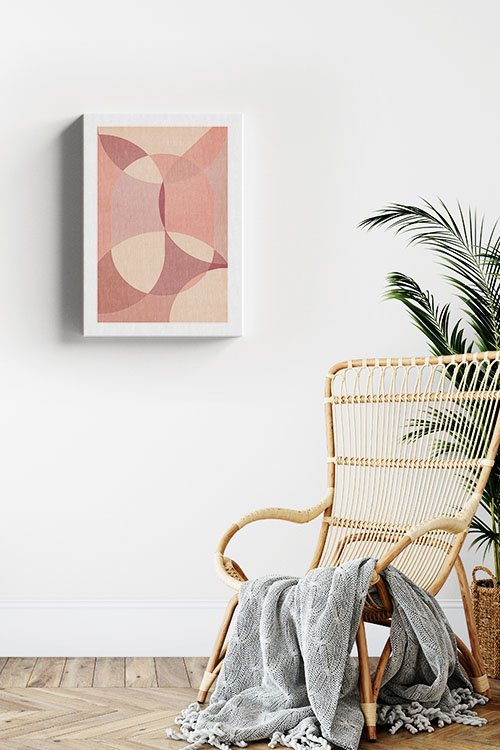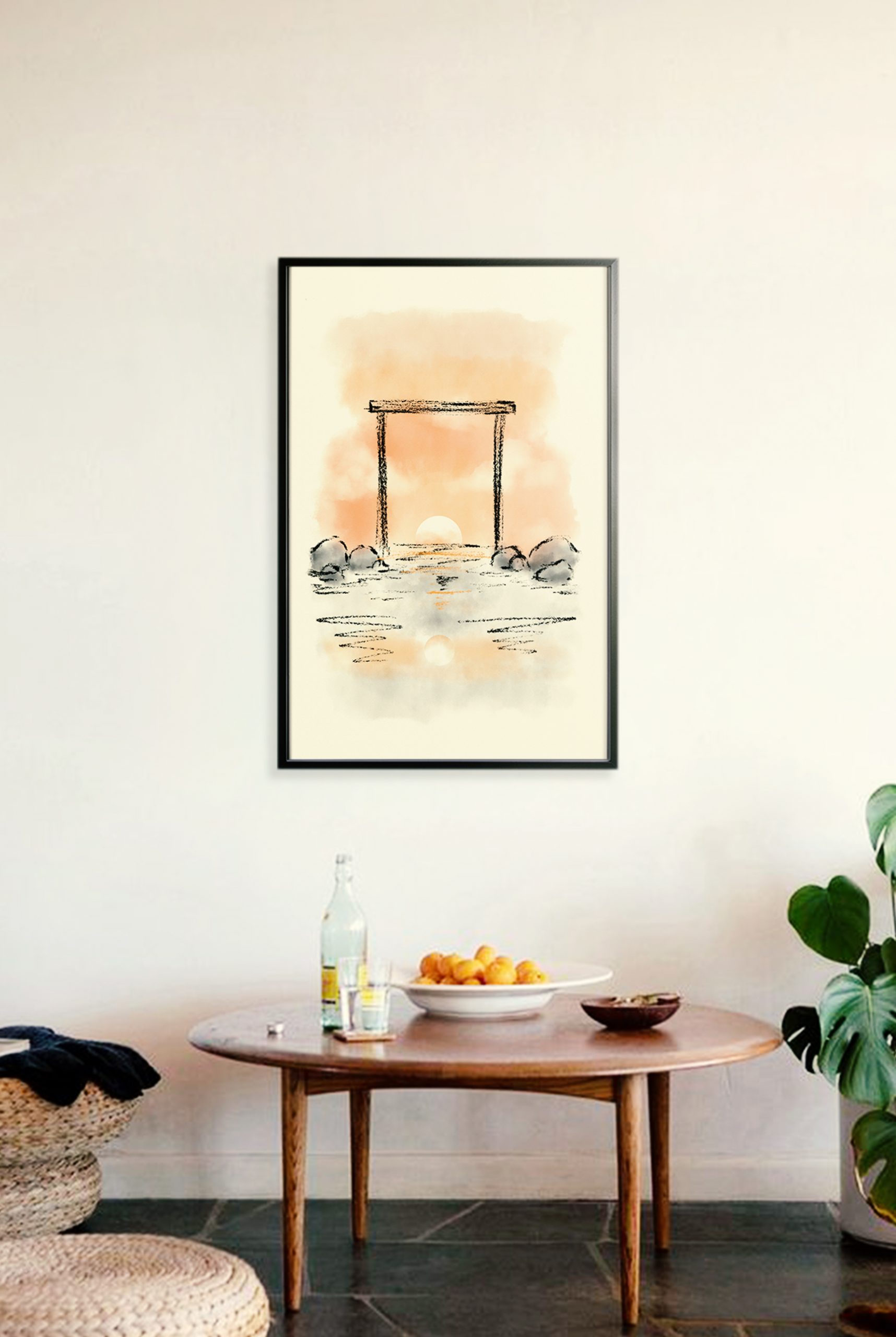
In today’s fast-paced world, the power to create a calming retreat within your home is more important than ever. A Zen-inspired space, with its focus on simplicity, balance, and harmony, is a reflection of your personal aesthetics and mindfulness. Here are key interior design tips to help you harness this power and create a peaceful Zen space that promotes relaxation and well-being.
Embrace Minimalism
The foundation of a Zen interior is minimalism. Clear away clutter and choose clean, simple lines. Choose quality over quantity for furniture and decor, and allow each item to serve a purpose. A decluttered space helps clear the mind and encourages a sense of peace.
Choose a Neutral Color Palette
Soft, natural tones such as beige, ivory, soft gray, and muted greens or blues are ideal for a Zen interior. These colors create a serene atmosphere and reflect the natural world, helping to calm the senses and create emotional balance.
Incorporate Natural Materials
Use organic elements like wood, stone, linen, and bamboo to add texture and warmth. These materials help connect your space with nature, which is central to Zen philosophy. Zen philosophy emphasizes simplicity, naturalness, and tranquility, which can be reflected in your choice of materials. A wooden floor, linen curtains, or a stone basin can bring tactile comfort and grounding energy.
Add Low, Comfortable Furniture
Low-profile seating like floor cushions, futons, or low sofas supports the body while keeping the room open and grounded. Avoid bulky furniture and choose sleek, modern pieces with gentle curves or soft edges to maintain flow and balance.
Use Soft Lighting
Harsh overhead lights can disrupt a calming environment. Instead, use ambient lighting with soft bulbs, paper lanterns, or candles to create a gentle, welcoming glow. Dimmable lights allow you to adjust the mood throughout the day.
Include Nature-Inspired Elements
Bring the outdoors in with plants, water features, or natural artwork. A bonsai tree, a bowl of smooth stones, or a small tabletop fountain can introduce soothing natural sounds and visuals to the space.
Design for Mindfulness
Create small areas within your space for mindful activities, such as reading, meditation, or yoga. A comfortable mat, a stack of favorite books, or a meditation cushion can help carve out intentional time for rest and reflection.
In a Nutshell
A Zen interior is more than just a design style–a mindset. You can create a home sanctuary that nurtures calm, clarity, and inner peace by focusing on simplicity, nature, and balance.
